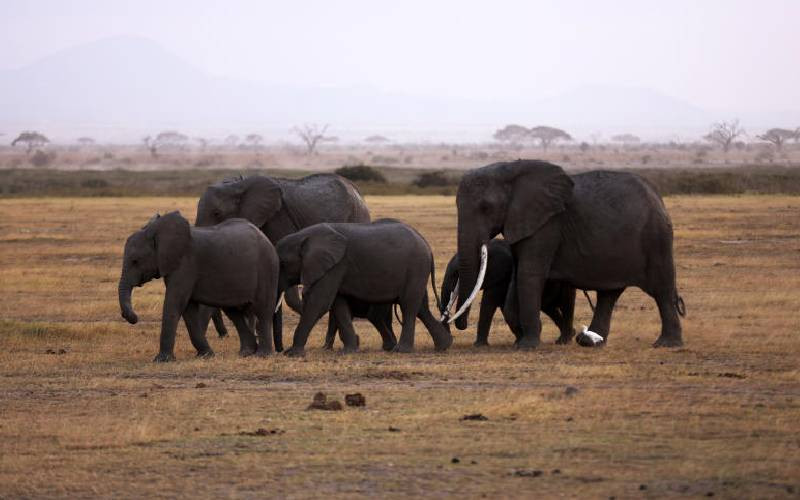×
The Standard e-Paper
Informed Minds Prefer The Standard

Early this year, an elephant in Amboseli embarked on a desperate journey. Driven by unrelenting thirst in the worst drought the country has faced in 40 years, the elephant strayed into community areas in search of water.
It found a borehole, but like the rest of the region, the well had run dry. The elephant had however tried so hard to try and reach water that its massive frame got stuck in the narrow opening.